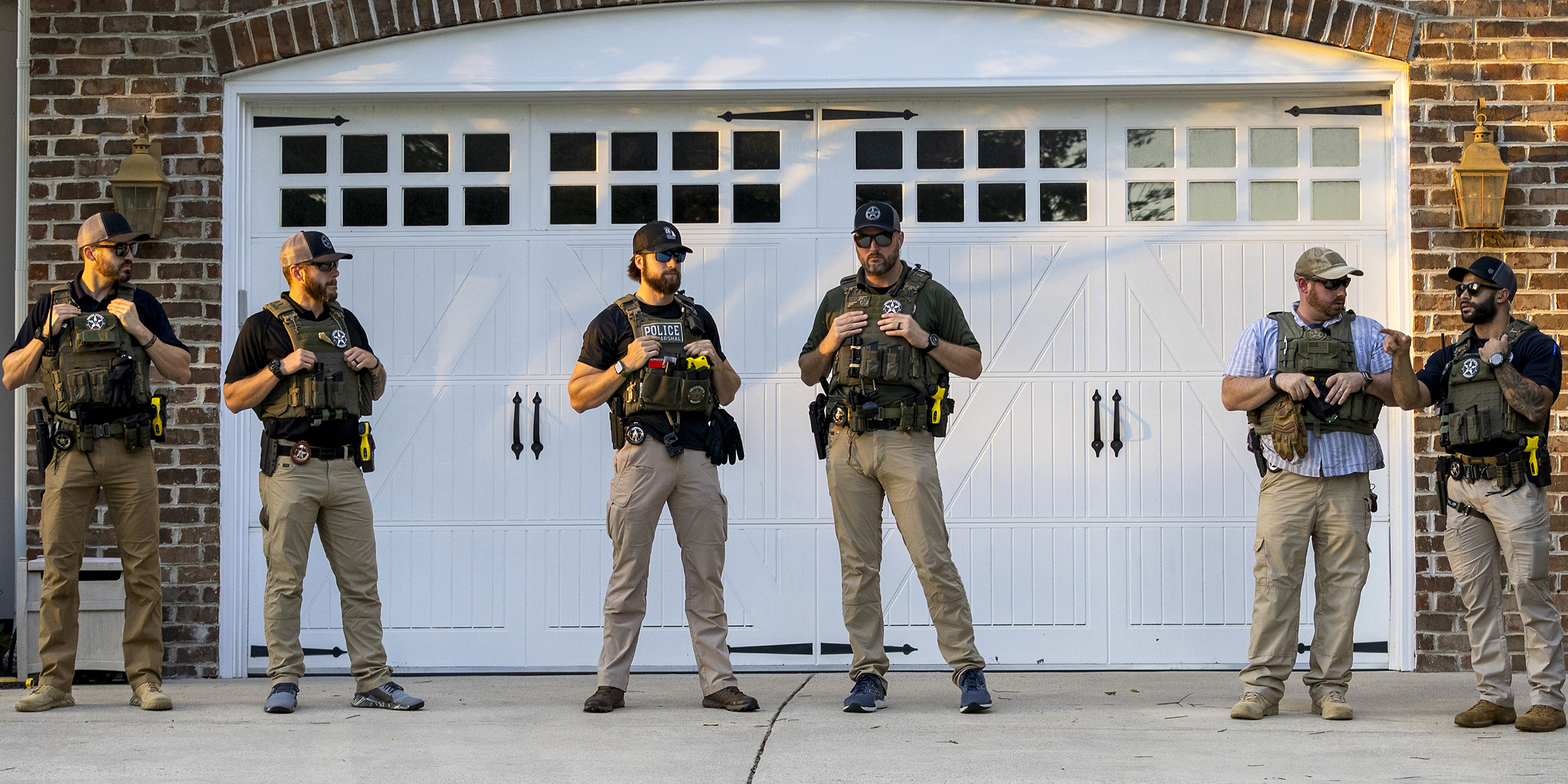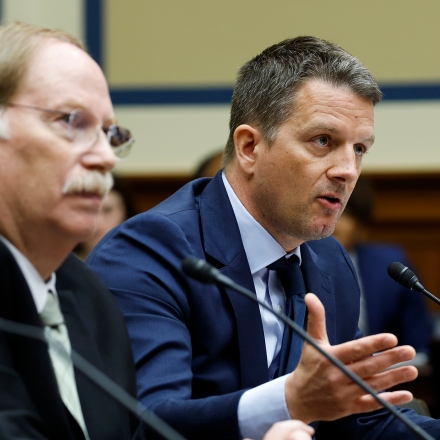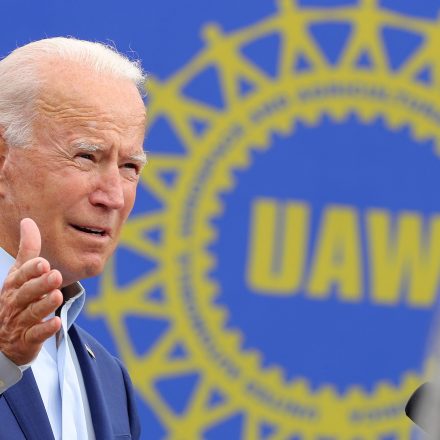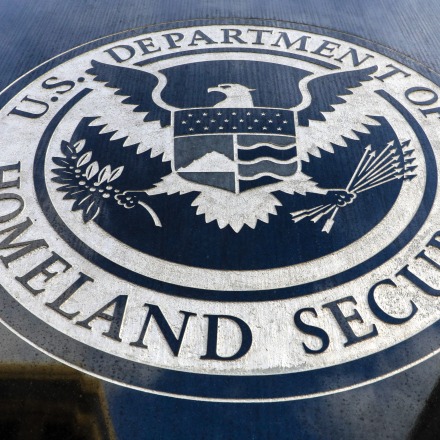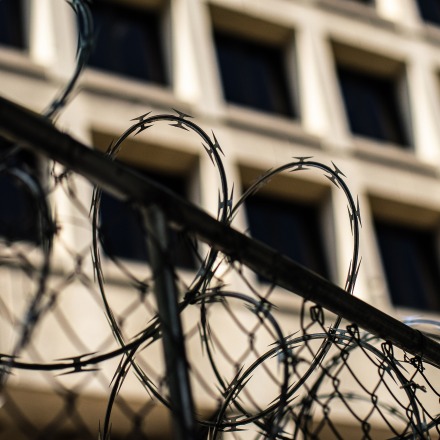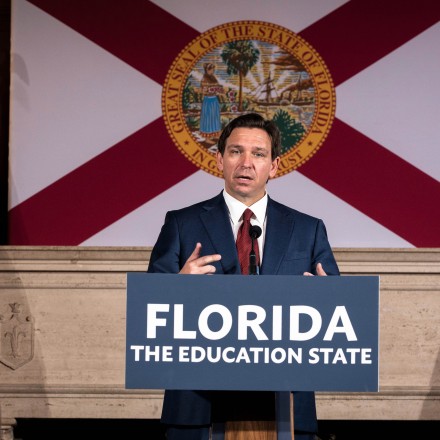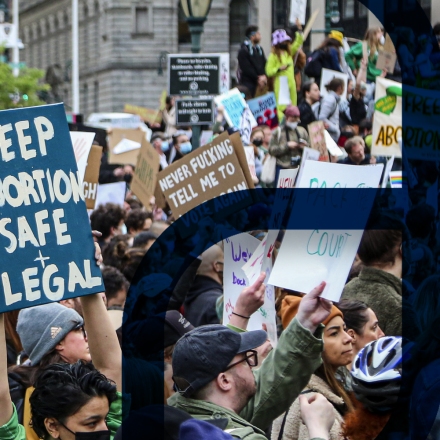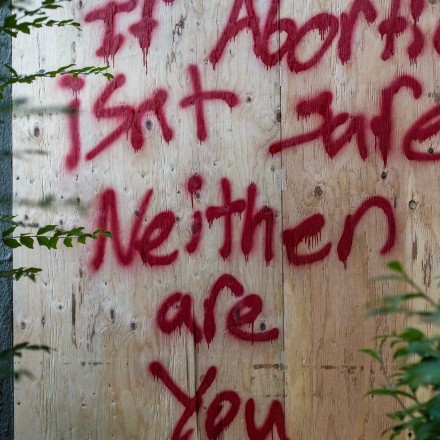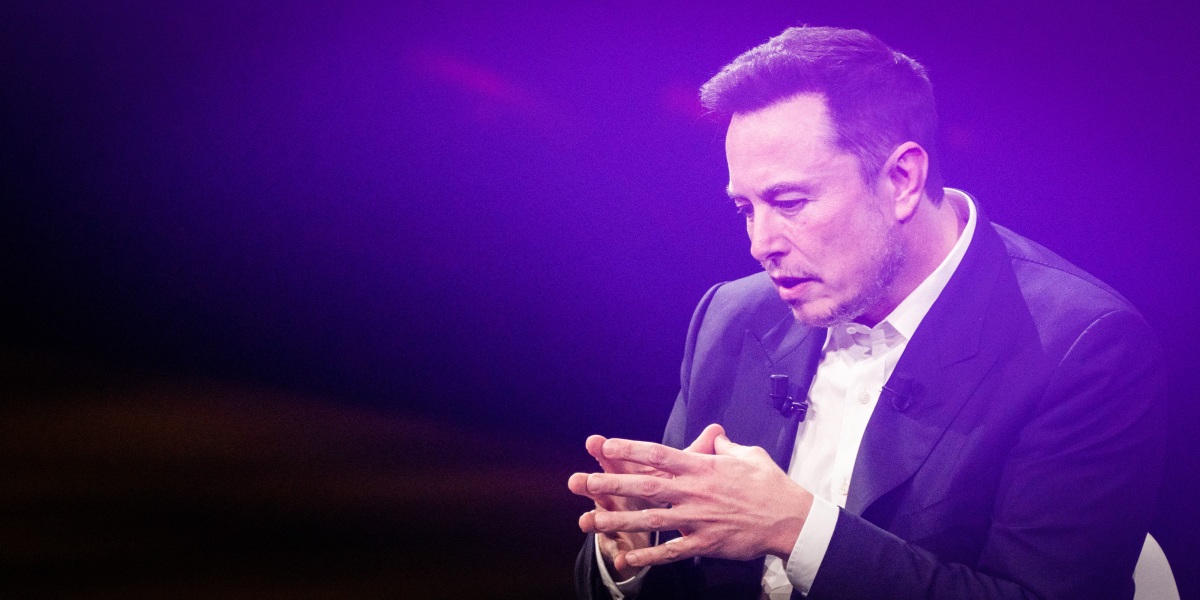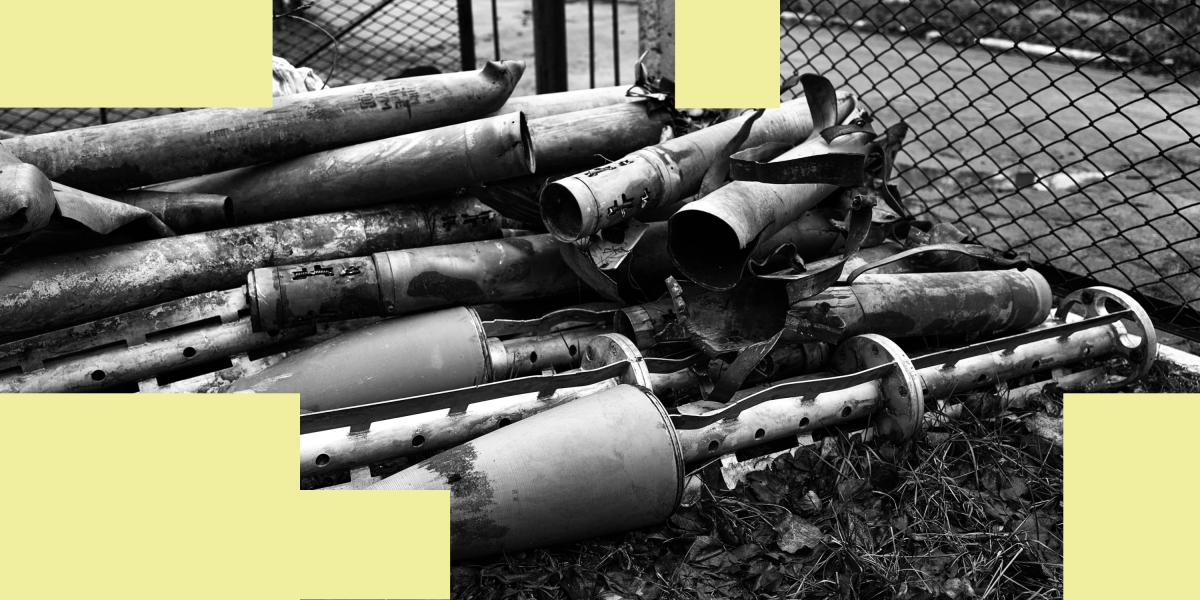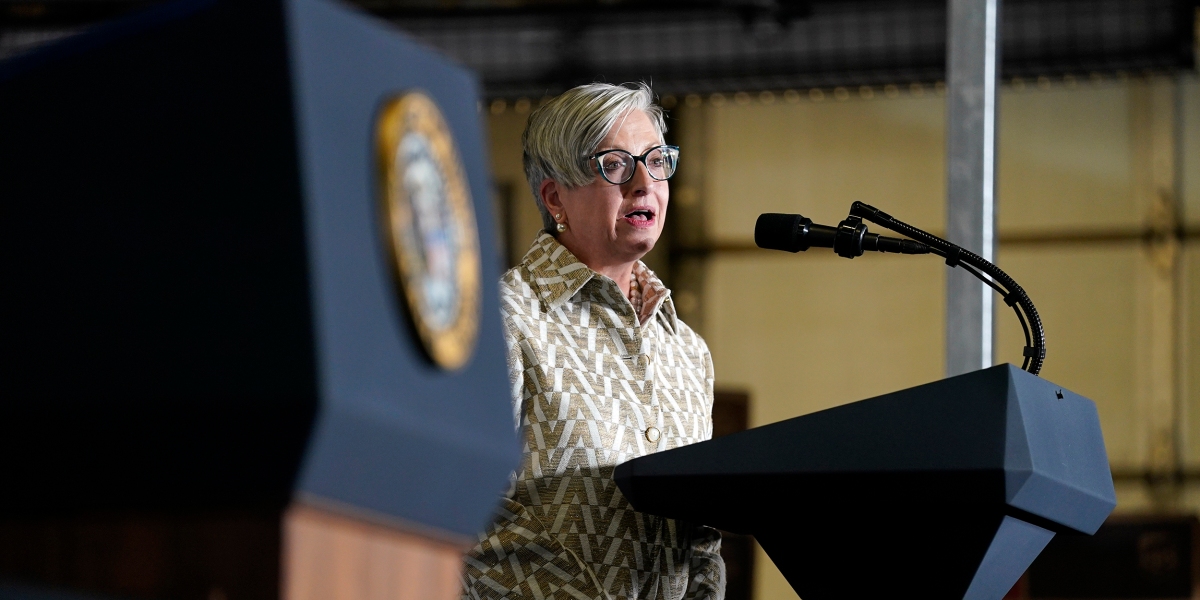When people took to protesting outside of the homes of Supreme Court justices following the leak of the draft decision to overturn Roe v. Wade, hundreds of federal agents were quietly watching, both in real life and online, for “concerning communications.” Now the Court has sought to enshrine the new praetorian guard indefinitely, according to documents reviewed by The Intercept.
The Supreme Court sought millions for security last year, enlisting the U.S. Marshals to provide personal details for the justices. A year later, that security force hasn’t seen a significant increase in threats or attacks, according to documents reviewed by The Intercept, but the Supreme Court is asking to continue — and in some cases, even augment — the high level of security.
Last summer, hundreds gathered outside the homes of the conservative justices to protest the Dobbs decision, which effectively eliminated reproductive rights for millions. Top Republicans quickly cast the demonstrations as illegal, arguing that they were tantamount to an attempt to influence a judge, which is a crime.
“It is beyond dispute that far-left activists have launched a concerted and coordinated effort to intimidate the Court into changing the draft Dobbs decision,” Sen. Chuck Grassley, R-Iowa, ranking member of the Judiciary Committee, said in a letter to Attorney General Merrick Garland in May of last year. “I urge you to publicly commit to protecting the justices, and to condemn and prosecute anyone seeking to threaten and intimidate the Court into changing its decision.
Though the Supreme Court has its own police force, following Grassley’s letter, the Justice Department dispatched the U.S. Marshals Service to augment their security details. Congress passed the Supreme Court Police Parity Act, which extends security to Supreme Court justices’ immediate family members.
Yet, apart from one bizarre incident last June, when an armed California man traveled to Washington claiming an intent to assassinate Justice Brett Kavanaugh before turning himself in to authorities, there have been no acts of violence attempted or committed against justices. No protesters were arrested. Aggregate data, in fact, shows that threats to the judiciary in general went down in 2022.
In November, Justice Amy Coney Barrett even made light of the protests at a Federalist Society dinner after receiving a standing ovation. “Thank you. It’s really nice to have a lot of noise made that’s not by protesters outside my house,” Barrett cracked.
The Supreme Court has continued to beef up security in response to perceived threats to justices from abortion activists anyway. In the past year, the Court expanded its security detail to include 400 U.S. Marshals through the new SCOTUS Special Security Officer Program, more than doubling the number of officers assigned to the security of the justices and their residences.
The Marshals’ annual report to Congress, released in April, sheds light on their response to the protests, which included “24-hour online threat screening coverage for the SCOTUS, all justices and their residences” as well as “real-time online research” into suspected threats at justices’ homes.
Although a year has passed since the Supreme Court overturned Roe on June 24, the Marshals this year requested an additional $21 million for 46 new positions, including 42 more Marshals, to bolster security to judges in the next fiscal year.
The Court specifically cited overturning Roe v. Wade as fueling an extra need. “As a result of the Dobbs decision,” the Marshals’ budget request explains, in reference to the case that overturned Roe, “SCOTUS contacted the [U.S. Marshals Service] to request assistance in securing their facility,” resulting in “additional security posts and Special Security officers to provide this enhanced level of on-site monitoring and presence of officers.”
During the Trump administration, the U.S. Marshals provided security details of questionable necessity. Former President Donald Trump’s education secretary, Betsy DeVos, faced criticism after her U.S. Marshals Service protective detail racked up over $24 million in costs, “the largest U.S. Cabinet-level protection detail in [U.S. Marshals Service] history.” Trump’s Environmental Protection Agency administrator, Scott Pruitt, ran up over $3.5 million, costs the EPA’s inspector general found were unjustified and were incurred without conducting a threat analysis to determine whether the protection was even necessary.
Earlier this year, the Supreme Court also separately requested a budget increase of $5.8 million over the previous year’s budget to augment its own police force, the Supreme Court Police. “This request would expand security activities conducted by Supreme Court Police to protect the Justices,” the budget document explains. “On-going threat assessments show evolving risks that require continuous protection.” The Supreme Court’s police force numbers about 125 officers, according to a 2018 report by Security Today.
But neither the Supreme Court police force nor the U.S. Marshals details the threats that are used to justify millions in extra security, and publicly available assessments point in the opposite direction.
The Marshals’ report cites 260 instances of “concerning communications” that were referred to the Supreme Court Police for further investigation. The previous year’s annual report did not identify any instances of “concerning communications” to the Supreme Court, instead focusing on “inappropriate communications” concerning DeVos, though no number is provided.
But threats against Supreme Court justices were not enough to dent the Marshals’ aggregate data on threats against its judiciary protectees, which actually reflect a decrease in the year of the Dobbs decision. (Annual data specific to threats against justices is not available.)

Total number of inappropriate communications/threats to the judiciary by year. Source: U.S. Marshals Service FY 2022 Annual Report
Screenshot: The Intercept
Though there was a raft of vandalism directed at churches and other anti-abortion facilities after the Dobbs ruling — in a recent case, the firebombing of a vacant anti-abortion clinic — experts say that violence has largely been directed at property.
“I am not aware of any serious bodily injury caused by pro-choice activists,” Michael German, a former FBI agent and fellow with the Brennan Center For Justice’s Liberty and National Security Program, told The Intercept.
Even in the case of the man who traveled from California with a plan to attack Kavanaugh, security did not intervene; he called the police and turned himself in. German said that he is not aware of anyone else being charged with making threats against a Supreme Court justice, a felony.
Not everyone in Congress intended their bill to be a blank check for the Court. Sen. Jeanne Shaheen, D-N.H., pressed Garland, the attorney general, about the Marshals’ protective detail in a March 28 Senate hearing, asking whether it would “continue indefinitely.”
“So you’re not anticipating this to go on long term then?” Shaheen asked.
“We’re hoping that it doesn’t go on long term,” Garland replied.
